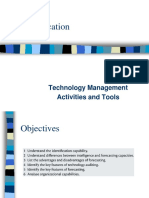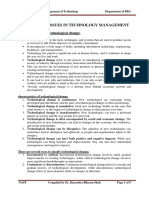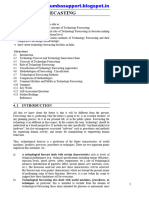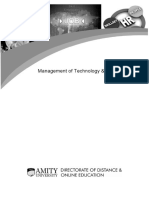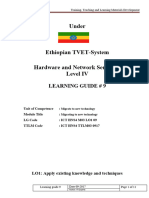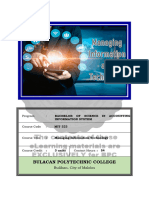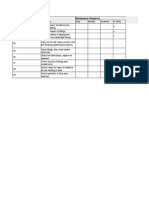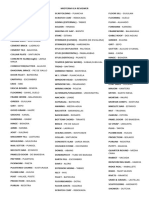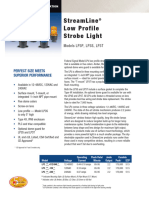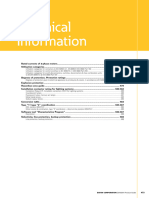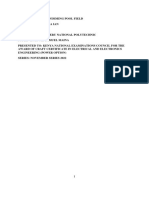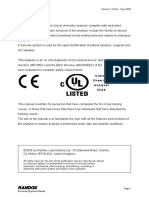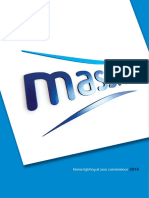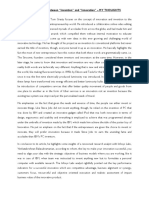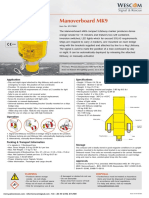0% found this document useful (0 votes)
8 views19 pagesLecture 4
The document outlines the fundamentals of technology planning, emphasizing its importance in corporate business strategy and the necessity of systematic planning processes. It covers various aspects such as forecasting technology, conducting technology audits, and the role of a Chief Technology Officer (CTO) in overseeing technology strategies. Additionally, it discusses methods of technology forecasting and the impact of technology life cycles on investment decisions.
Uploaded by
bcolombo741Copyright
© © All Rights Reserved
We take content rights seriously. If you suspect this is your content, claim it here.
Available Formats
Download as PDF, TXT or read online on Scribd
0% found this document useful (0 votes)
8 views19 pagesLecture 4
The document outlines the fundamentals of technology planning, emphasizing its importance in corporate business strategy and the necessity of systematic planning processes. It covers various aspects such as forecasting technology, conducting technology audits, and the role of a Chief Technology Officer (CTO) in overseeing technology strategies. Additionally, it discusses methods of technology forecasting and the impact of technology life cycles on investment decisions.
Uploaded by
bcolombo741Copyright
© © All Rights Reserved
We take content rights seriously. If you suspect this is your content, claim it here.
Available Formats
Download as PDF, TXT or read online on Scribd
/ 19






